Dungeons & Dragons: Best & Worst Things About Playing A Bard
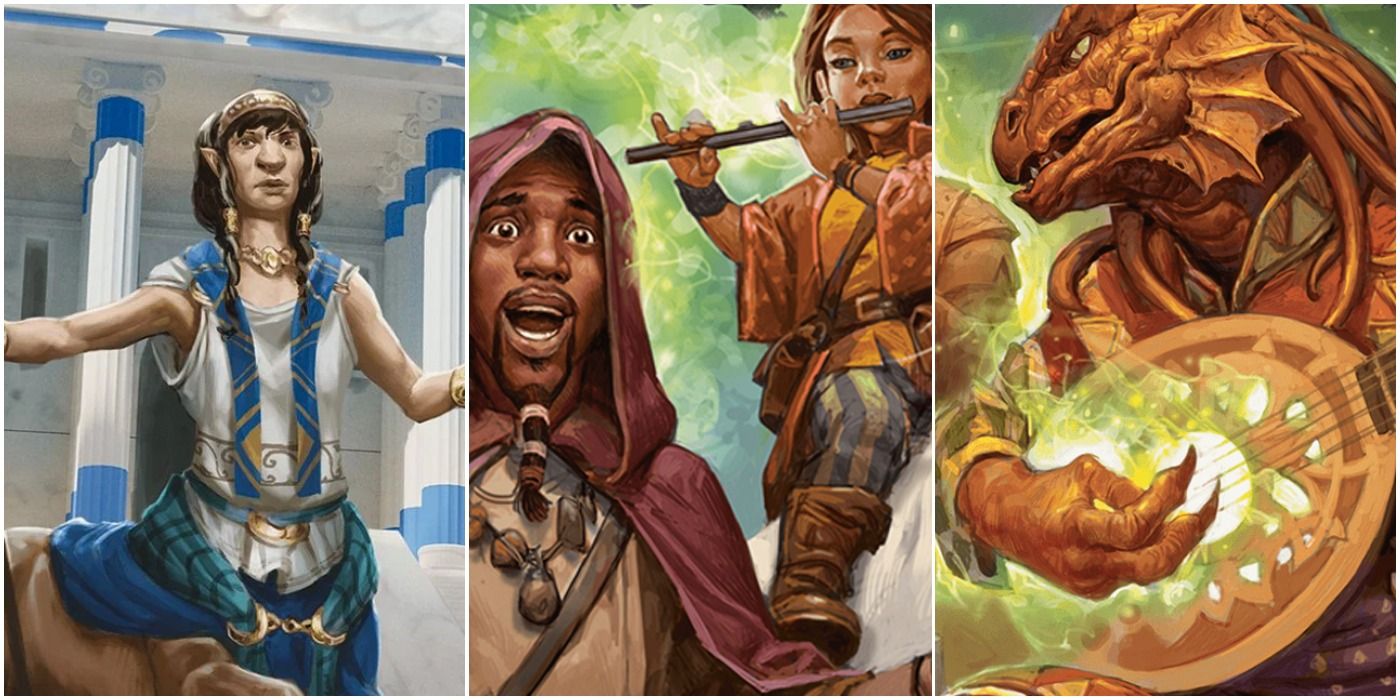
In Dungeons & Dragons players can create a variety of unique characters. Whether a player wants to maximize the potential of their characters, create a character that thrives off of roleplay, or combine the two there are infinite possibilities. Bards offer a great combination of min-maxing potential and charisma-based skills that can add life to any campaign.
The Bard is the perfect class for a player who wants to fill a support role in their party. It is also perfect for a player who wants to be the literal life of the party.
Bards are not limited to the player's handbook's features and definitions and have been expanded upon multiple times in other sourcebooks. With subclasses such as the college of creation, spirits, and lore Bards can make or even break any game. However, while Bards have their high points they also have plenty of things that can make the class frustrating and even limiting for players.
10 Worst: Bard Stereotype
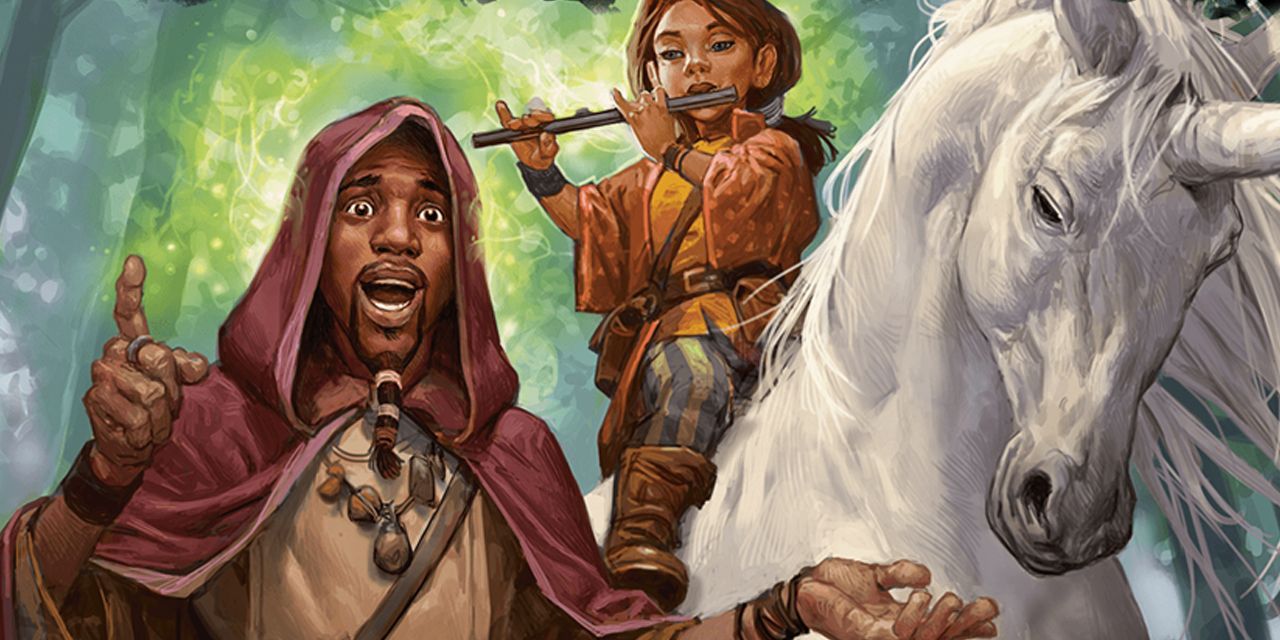
There is an unfortunate and often annoying stereotype that surrounds the Bard class in Dungeons & Dragons. Overly flirty Bards can no doubt completely derail a campaign if left unchecked.
Players that go too far with the trope and attempt to seduce every NPC the party comes across are the main reason this trope has become an issue. Even DMs can be guilty of introducing one of these Bards into a campaign, to the discomfort of their players.
This stereotype can often be the cause of a lot of players wanting to avoid creating a Bard. In addition to the fact that players who embrace this type of roleplay can often overshadow and devalue the experiences of other players.
9 Best: Bardic Inspiration
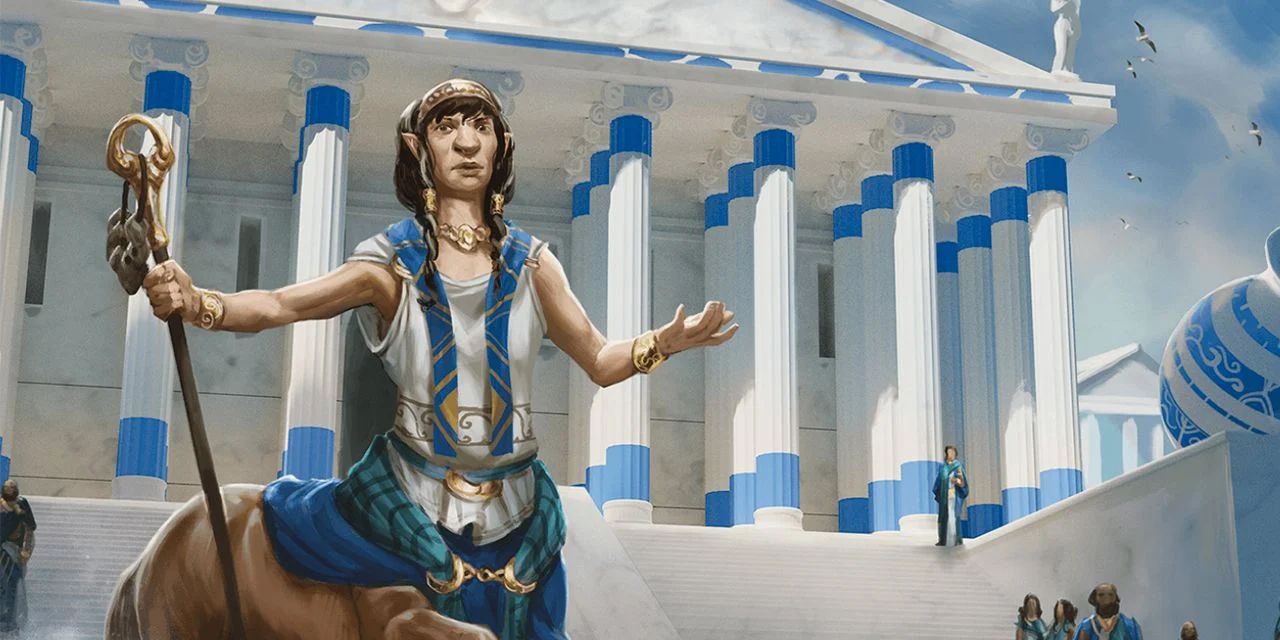
An extremely unique, flavorful, and powerful tool for the Bard class is the ability to give out Bardic Inspiration. In Dungeons & Dragons, DMs can award players who go above in beyond by giving them inspiration.
Inspiration can be used to put a roll of their choice at an advantage. This means in a way Bards have an ability similar to the DM. Bardic Inspiration can be given to allies as a bonus action. This ability is versatile enough to boost an ability check, saving throws, or attack rolls.
At level five Bards regain all expended uses of their Bardic Inspiration after a short rest. The best part about Bardic Inspiration is that it increases as the player gains levels in the class, which means it's always relevant.
8 Worst: Bards Are Squishy

Despite the fact that Bards have a D8 hit die, they most often won't have the constitution scores and armor proficiencies to back it up. While classes such as Druids obtain Wildshape for added survivability; and Sorcerers and Wizards have Mage Armor, Bards aren't as fortunate.
While some subclasses do grant medium armor proficiency, this is never a starting feature and not core to the class. This means most Bards will want to avoid direct melee combat and focus on support.
7 Best: Skill Proficiencies For Days
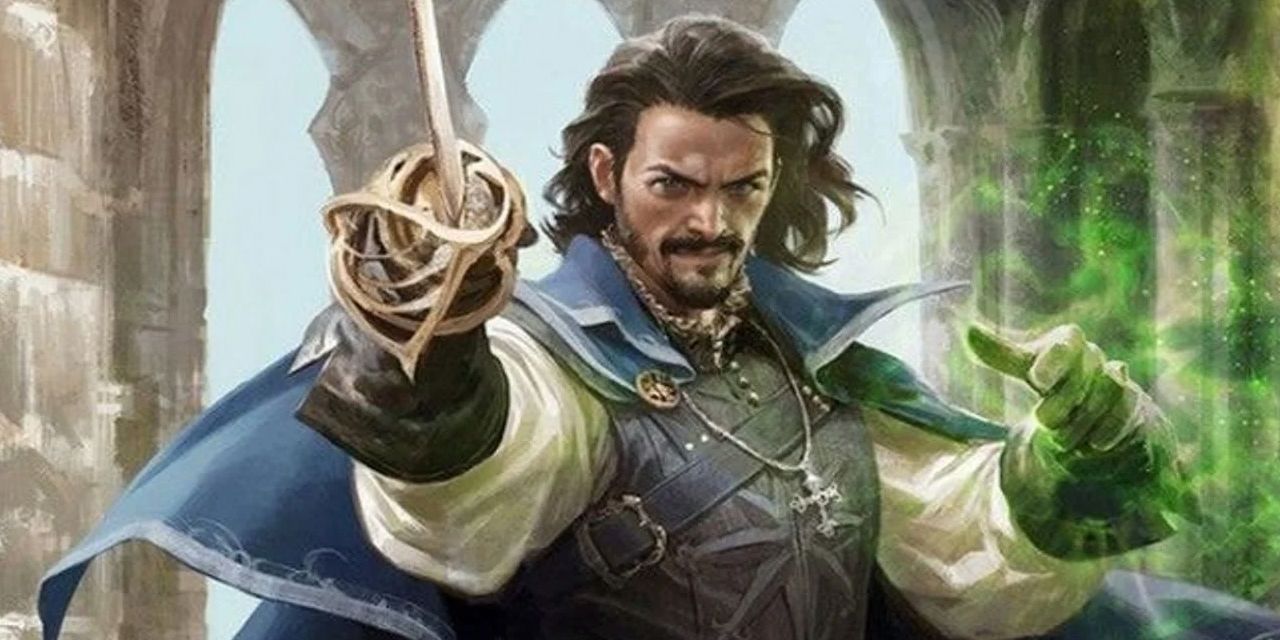
Bards have a bewildering versatility when it comes to their skills and proficiencies. When creating a Bard, players are allowed to choose any three skills to gain proficiencies in.
In comparison, classes such as Fighters, Blood Hunters, and Clerics are given a small list of skills to choose two to three proficiencies from. Bards do not have the same limitation, and this makes for a variety of different ways this class can be played.
Bards also receive proficiencies in simple weapons, light armor, and crucially the rapier and hand-crossbow. These one-handed combat options leave the other free for somatic components. At later levels, Bards gain expertise, in these areas.
6 Worst: Not Many Subclass Features
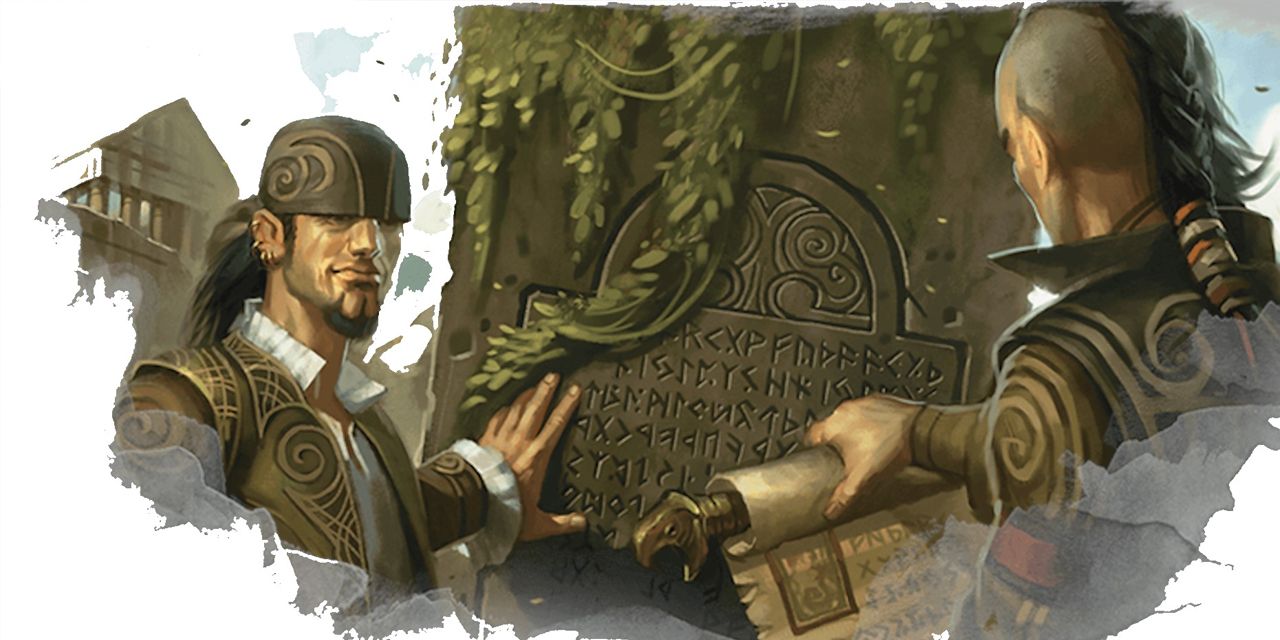
Unfortunately, Bards receive fewer subclass features than just about any other class in Dungeons & Dragons. Players who choose to play as Bards will only have access to choose a unique feature at their third, sixth, and fourteenth levels.
This leads to a large gap in comparison to other party members when it comes to class progression, without additional or unique features that truly manifest in longer campaigns or ones that don't allow multi-classing.
5 Best: Incredible Subclass Versatility
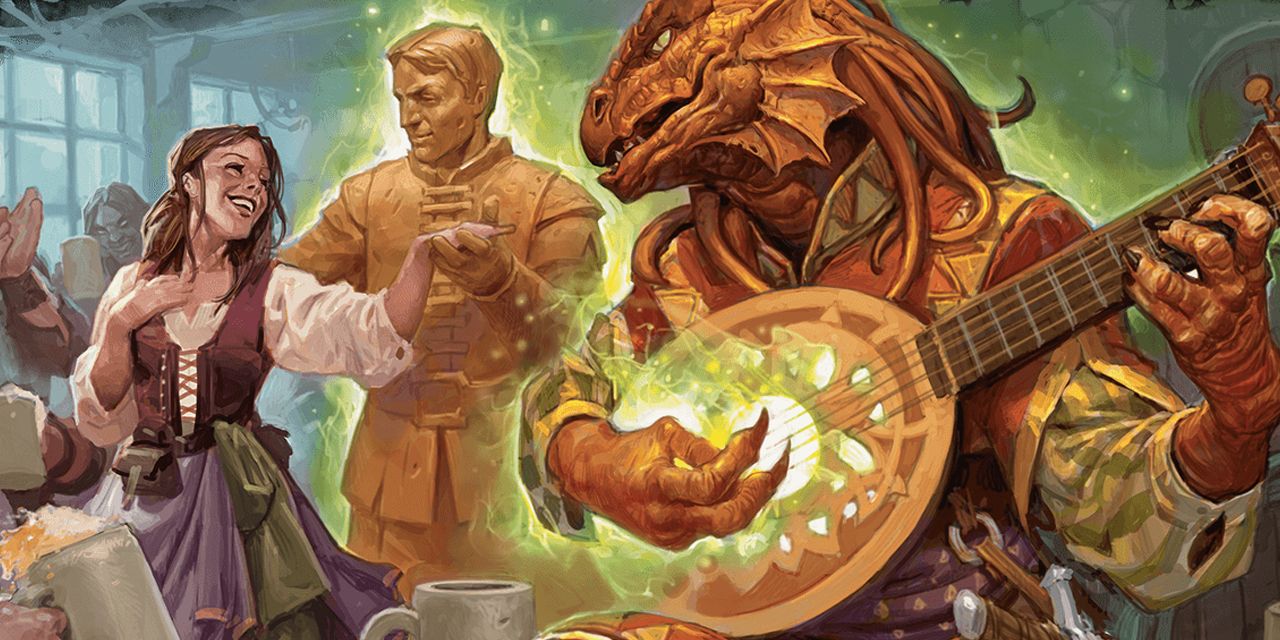
While Bards may not have as many subclass features, they make up for it with a huge variety of subclasses to choose from in the form of Bard Colleges. Each subclass available for Bards is extremely different from the other.
Some of these expand on core features like Bardic Inspiration and the Bards' natural eloquence. Others focus on martial abilities and others even embrace the more esoteric sides of spiritual Bards.
The college of creation, for example, gives Bards the ability to draw from the primeval song through dance, music, and poetry. At the third level, they can use the Performance of Creation to create one non-magical item of the player's choice.
4 Worst: Lowest Number Of Cantrips For Full Casters
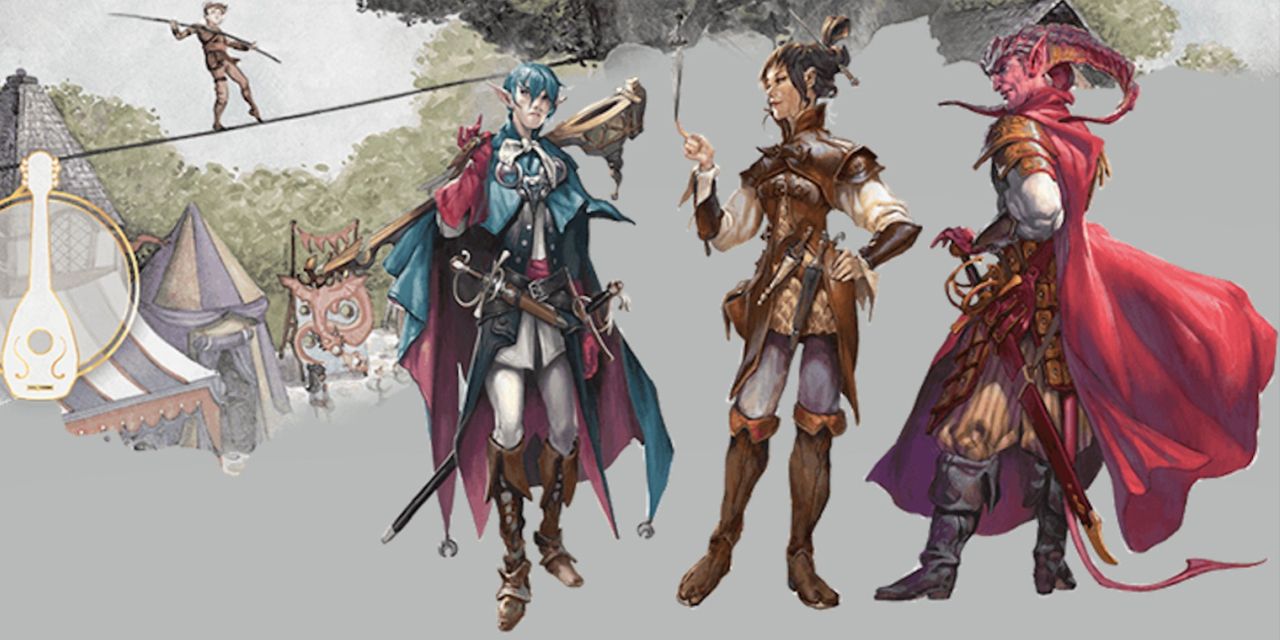
While it is true that Bards have some of the best cantrips in all of Dungeons & Dragons, they have the lowest number of starting class cantrips. Bards only receive four cantrips at their highest levels. In comparison, Wizards receive three known cantrips at first level and can reach cantrips known in just the base Wizard class.
The lack of damage dealing cantrips on the Bard list is also very noticeable, with Vicious Mockery being the exception with 1D4. While an Eldritch Knight, which isn't a full caster, has access to cantrips such as Booming Blade, Shocking Grasp, and Green-Flame Blade.
3 Best: Jack of All Trades
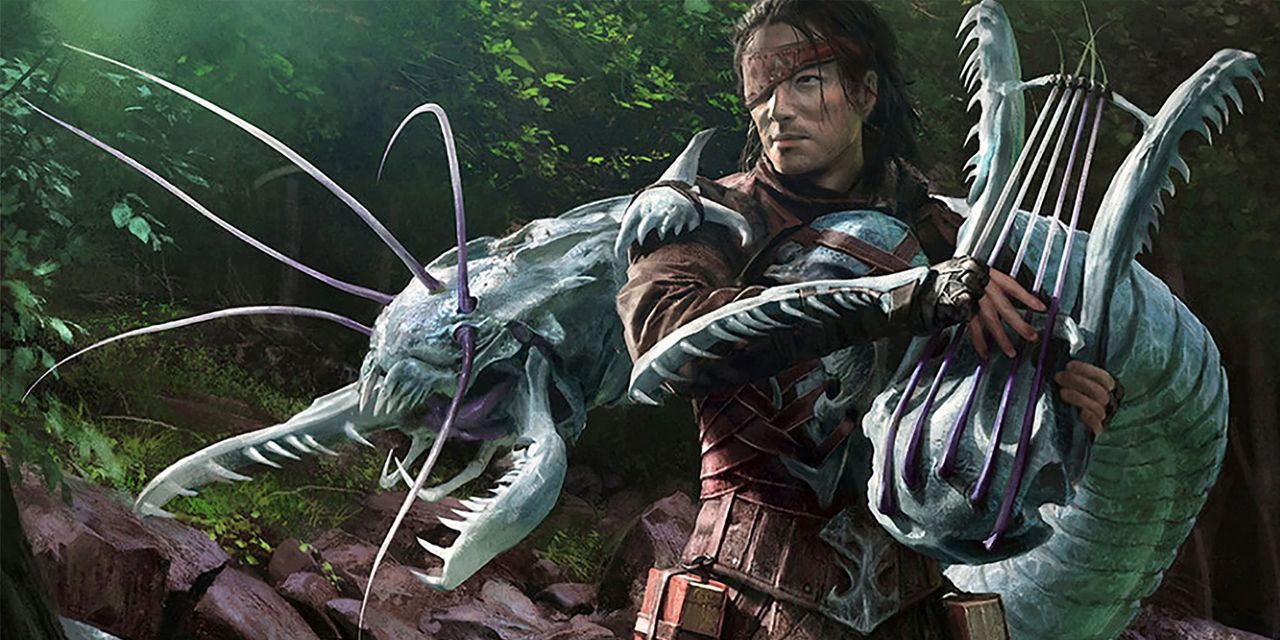
Jack of All Trades makes Bards one of the most versatile classes in Dungeons & Dragons. Jack of All Trades allows Bards to add half their proficiency bonus to all ability checks they make.
This includes checks such as initiative, rolls for counterspell, non-proficient skills, and even to escape certain spells. Jack of All Trades is accessible at the second level, and because this scales with the player's proficiency bonus, the feature stays relevant throughout long campaigns.
2 Worst: Bards Have The Worst Level 20 Feature

Without any exaggeration, Bards have the worst level 20 class feature in Dungeons & Dragons. At level 20, Bards receive Superior Inspiration, meaning if a Bard has no remaining uses of their Bardic Inspiration during combat, they regain one single use of Bardic Inspiration.
The feature Font of Inspiration, which Bards receive at the fifth level allows them to regain all of their expended bardic Inspiration on short or long rests. Which most DMs will allow players to have one of these rests after every encounter.
There are also uncommon magical items such as the Rythm Makers Drum which not only add to a player's save difficulty class but as a bonus action can regain lost bardic Inspiration. Meaning a single item has the same effect as what should be the pinnacle feature for a Bard.
1 Best: Magical Secrets

The Magical Secrets feature can allow for entirely different Bard builds by its own merit. Magical Secrets allows players to select two spells known at the tenth, fourteenth, and eighteenth levels from any class spell list without restrictions.
This includes cantrips, class locked spells such as Swift Quiver, which can create an endless supply of nonmagical ammunition. The only restriction Magical Secrets has is that the spell has to be from a level that the bard can cast.
College of Lore Bards, gain access to additional Magical Secrets at the sixth level. This gives this subclass a total of eight additional spells known. While already versatile this feature gives bards the ability to become any role the party may need. Magical Secrets is one of the best class features in Dungeons & Dragons, for this reason.

Post a Comment